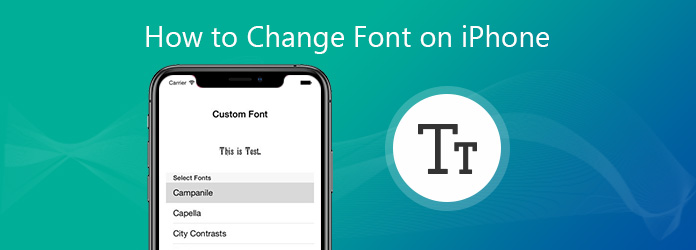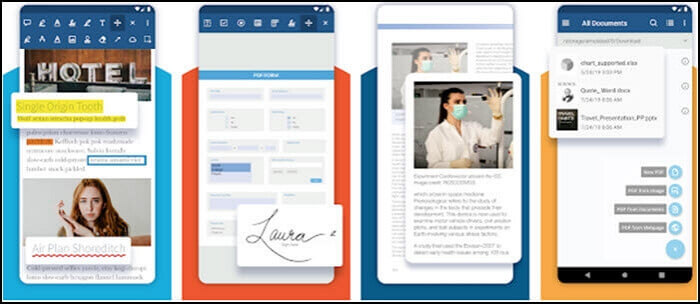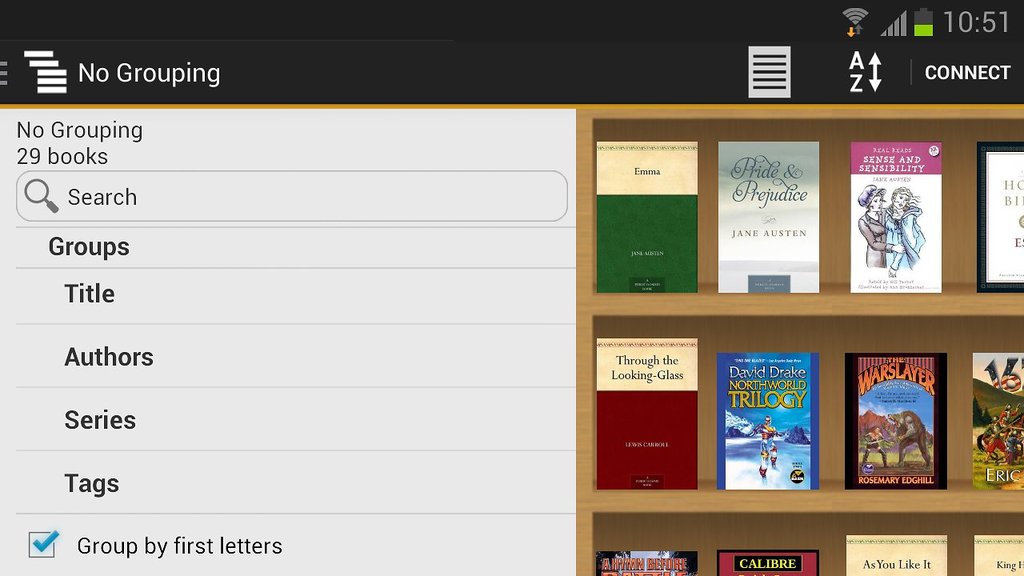

Her demo of the app “BookReader” showed a great example of flexibility although all reading apps do have some limitations and in this case it was the read aloud feature that could do with some improvement.
#Bookreader app change text size full#
Melissa explained that all features within a reading app should offer full flexibility to the reader in terms of accessibility. The User Experience for People with Learning Difficulties Bigger text together with reflow options.Robin urged us to think about how a book might be able to be customized for the reader allowing: Apps that do not include useful keyboard controls or the ability to use a common swipe gesture hinder interaction.Apps that are cluttered, with no headings to separate sections make it difficult for the reader to orient themselves within the app.Buttons and links which are not properly labelled result in difficulties performing basic functions with a screen reader.

The User Experience The Blind User Experienceĭaniella explained that a good UX for blind readers is one where are the included features are accessible. Testing of these apps is difficult when you consider the number of combinations of operating systems, reading apps, assistive technologies and formats but it is important that we impart this information to readers. George impressed upon us that there are many reading apps and that being able to tell readers about what features are available, is crucial. Melissa gave a brief demo of the Microsoft Word Immersive Reader function which offers an incredibly flexible reading experience.

Read aloud feature can ease the need to constantly de-code text.All buttons and links should be correctly labelled.Features that are helpful in this situation include: Melissa Castilloux talked to us about the needs of dyslexic readers and explained that for these users, learning to automate reading is indeed a skill and the constant demand to de-code content results in reduced time actually interacting with the text as was intended. To be able to adjust the font size and weight.Robin Spinks highlighted important reading requirements for readers with low vision for whom there are many challenges such as being able to focus on the text, glare from text, visual fatigue and a sensitivity to movement. Navigation using links and page references.Read Image Descriptions should be read automatically.Heading Navigation – the app should list headings and allow them to be selected.Review Text – the app should work with screen readers that read out the text and other elements.Read Out Loud that includes a pause button to retain the current position.In particular, these features are a requirement for blind readers: A continuous reading experience is helpful when reading for pleasure but a more academic environment may require additional flexibility for moving around within the content. Access to the real full text (for text-to-speech, font customization and scaling) rather than it just being an imageĭaniella Levy-Pinto which features are also important for readers who are blind who user use a variety of apps depending on the type of content they are accessing and in which format.Remembering where you left off when the book is reopened.Some features benefit all readers and these include: George Kerscher gave us a brief resume of the session highlighting the need for apps to support access by eyes, ears and fingers depending on the perceptual requirements of readers and the type of reading they are engaged in (leisure, academic etc). Richard Orme, DAISY Consortium-host and chair.Our webinar on April 21, 2021, was focused on the accessibility of reading apps from a variety of different perspectives, with tips and demonstrations to show our audience the practicalities of various systems.


 0 kommentar(er)
0 kommentar(er)
